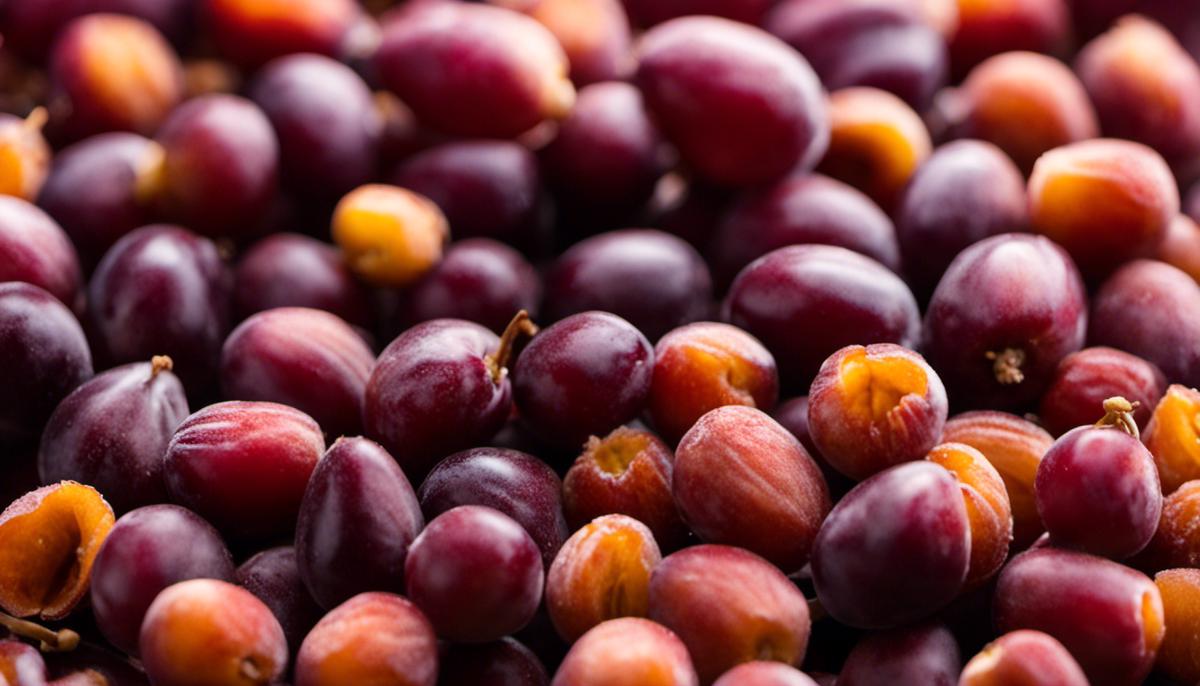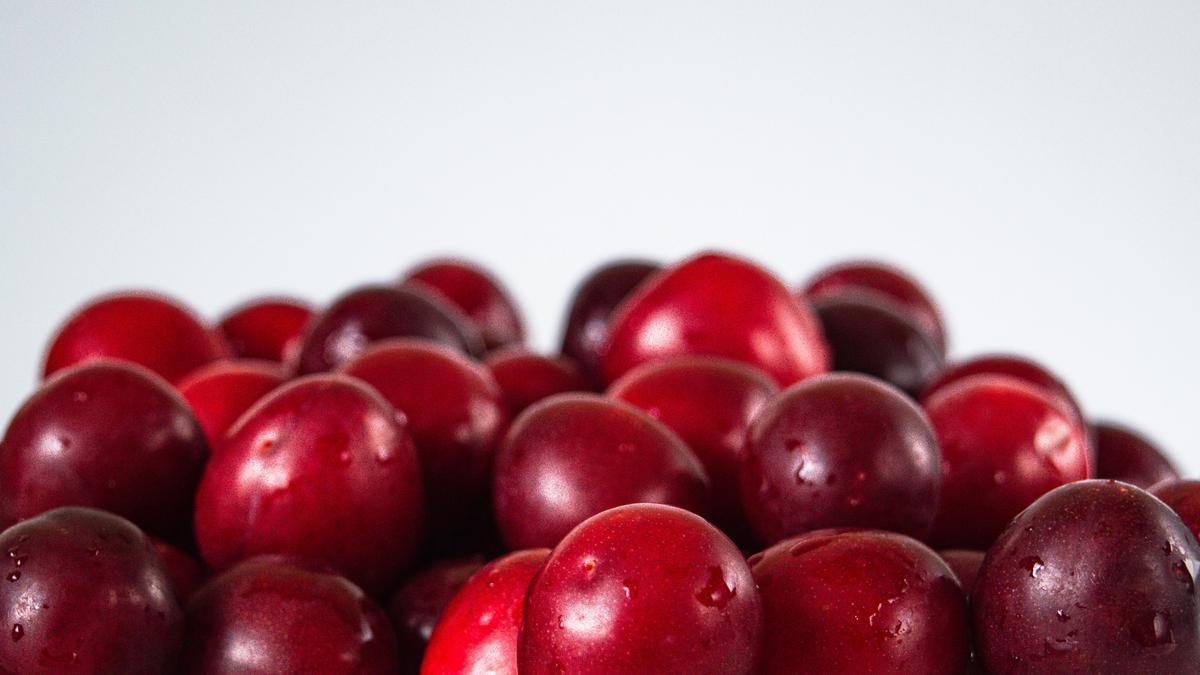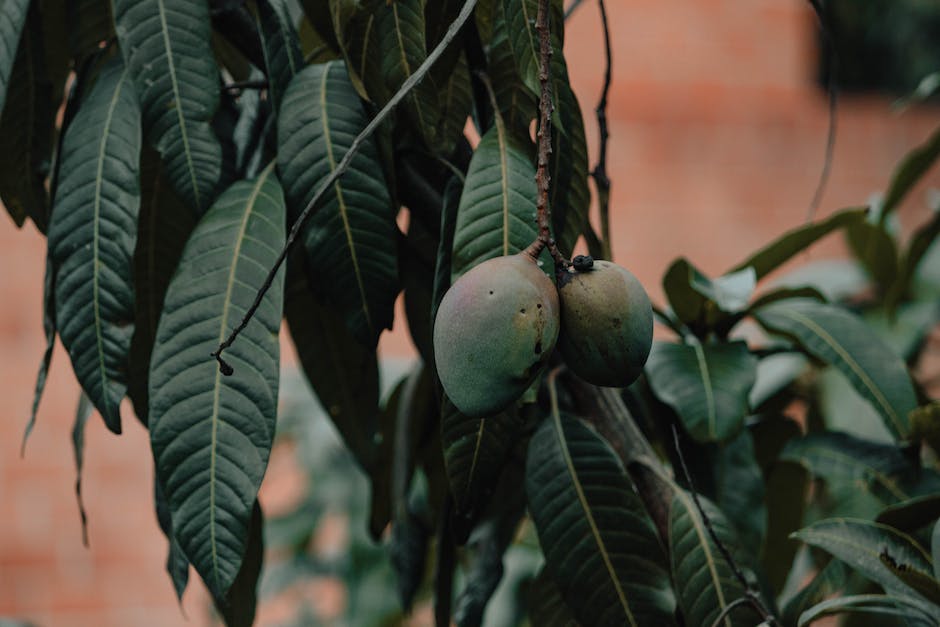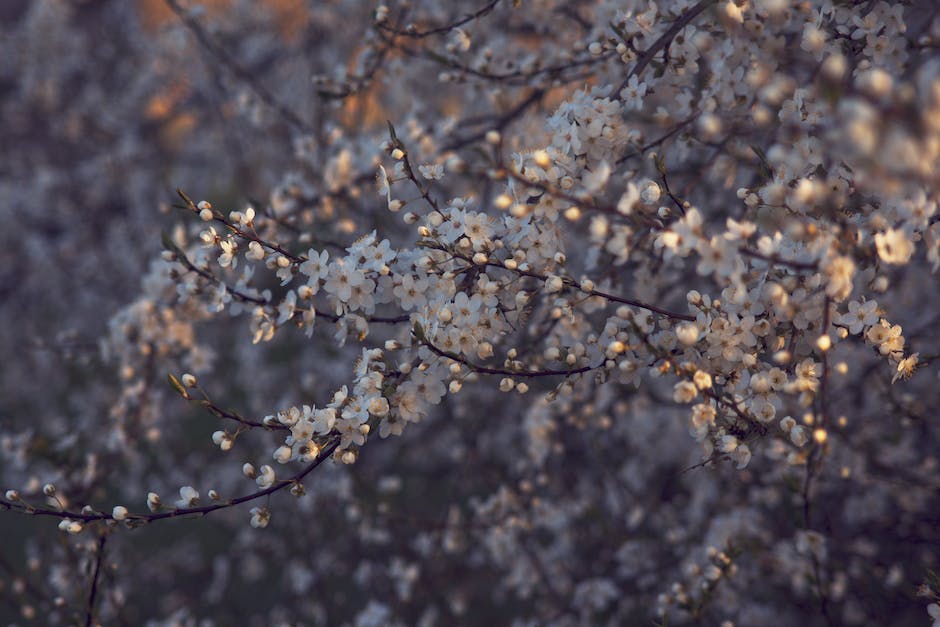Efficient Steps to Grow Plum Trees from Seeds

Growing plum trees from seeds may seem like a daunting task, but it can be highly rewarding and is a testament to the miracles of Mother Nature. Plums, like many other fruits, bear seeds that carry the promise of new life, and with a little knowledge and technique, anybody can transform these small cocoons of potential into flourishing trees. Our guiding light through this process will first shine upon the preparation of the seeds, as we delve into seed cleaning, drying, and storage. We’ll also peer into the fascinating world of stratification, providing understanding to this vital process. We then venture towards the art and science of planting and germination, uncovering the ideal conditions for sowing these seeds and nurturing them into sprouts. And finally, we’d walk through the critical steps to ensure the ongoing care and maintenance of your plum trees to keep them healthy and productive.
Preparation of Plum Seeds
Success with Stones: Preparing Plum Seeds for Planting
Plum trees, those lush, leafy wonders producing succulent fruits, can single-handedly turn a dull backyard into a home orchard. No wonder many of us want to try our hand at planting this tree from seed rather than purchasing a young sapling. But planting a plum tree from seed isn’t as simple as poking one in the ground and forgetting about it. Proper preparation of the seeds is a vital step to ensure successful germination.
Excitement bubbles at the simplicity of the initial stage: Sourcing the plum seeds. The next time you eat a juicy plum, save that pit! Inside it lies the seed, waiting to become a full-grown tree. Collect as many pits as possible over the summer, and by fall, you’ll have enough to start your plum seed-planting experiment.
Once we’ve got the pits, it’s time to crack them open to get to the seeds. A vice works best, but if that’s not an option, a sturdy hammer and a lot of patience will work as well. Place the pit on a hard surface perpendicular to the ground, splitting open carefully to reveal the precious plum seed inside. Be gentle, minimizing the harm to the seed because damage could prevent future germination.
Now, with the seeds extracted, it’s time for stratification. Stratification simulates normal seasonal changes that seeds undergo before they germinate in spring. It tricks the seeds into “thinking” they’ve experienced winter, thus signaling them it’s safe to germinate.
First, rinse the seeds thoroughly with water, removing any remaining pulp. Then take a sealable plastic bag, place slightly damp peat moss or perlite into it, and bury the seeds inside. Snugly shut the bag and mark it with the date because timing is essential at this point.
Next, the seeds should head for cold, dark storage, ideally, the refrigerator. Aim for a temperature of around 33 to 41 degrees Fahrenheit. Maintaining this cold consistency triggers the seeds’ dormant phase and readies them for the growing season ahead. Check the seeds periodically throughout this stage, ensuring the medium stays moist but not waterlogged.
After about 10-12 weeks, it’s time for the real excitement to begin: The moment to plant your prepared plum seeds. Take out the seeds from the fridge, and if any have sprouted, those are the first ones to plant. Unsprouted seeds too are treated like sprouted seeds, as they may just be a little late in showing off their tiny roots.
Plant them in a well-drained mix of sand and compost or a commercial seed-starting mix, placing them about two inches deep into the soil. Then, transfer the container in a sunny spot indoors or the greenhouse, keeping the room temperatures around 70 degrees Fahrenheit. Regularly water the planting mix, ensuring it remains moist but not waterlogged.
Don’t be disheartened if the seeds don’t sprout immediately. Some may take as long as another month to pop up, so patience is key. The process might seem daunting, but the reward is undeniably remarkable – a homegrown plum tree that will bear juicy fruits for you year after year, a living testament to your gardening prowess.
Properly preparing your plum seeds heightens your chances of a successful germination. With patience and care, soon you’ll be admiring your very own, home-grown plum tree. Remember that the key to mastering any new hobby is patience, persistence, and a little elbow grease. Now, let’s get those plum seeds ready – It’s time to cultivate some patience and grow into an accomplished gardener!

Photo by imsogabriel on Unsplash
Planting and Germination
Embracing the Resilience of Plum Trees: Tailoring Growth and Care
Plum trees are an emblem of resilience, standing tall even in harsh winters, only to bounce back and bloom spectacularly when spring arrives. This powerful vitality alone makes growing them from seed an enchanting endeavor, aside from the luscious fruits they yield.
However, knowing when to transplant a growing tree is fundamental. Shifting the young sapling into a permanent location with plenty of sun exposure and space to grow is paramount in the early semester of its first year. The new home must be at least 20 feet away from any structures to allow root and crown expansion.
When it comes to pruning your plum tree, timing is key. The best period is usually late winter or early spring, before new growth begins but when the threat of extreme cold is past. This prevents the tree from becoming excessively bushy and promotes better air circulation, which is both important for the tree’s overall health and vital for fruit production.
Moreover, the right fertilizer increases the health and productivity of your plum tree. A balanced fertilizer is ideal, typically a 10-10-10 mix, which provides a balance of nitrogen, phosphate, and potassium for your plant to thrive. Remember to apply it in early spring, just before new growth commences.
In terms of watering, plum trees are reasonably drought-tolerant, but they do prefer consistent moisture. Watering deeply once a week should be adequate. In dry periods, however, watering twice a week may be necessary.
Defending your plum tree against pests and disease is yet another crucial aspect. Pests can be a significant problem, with aphids, fruit tree red spider mite, and caterpillars being the most common culprits. Regular spraying with a proper fruit tree pesticide is an effective method of pest control.
Plum tree diseases include Silver Leaf, bacterial canker, and fungal diseases such as brown rot. Prevention is the best cure in most cases. Apply a protective copper fungicide spray in winter, and ensure good hygiene by removing fallen leaves and spoiled fruit.
By utilizing these methods of growth and care for your plum tree, you ensure a healthy, strong tree that will reward you with a delightful bloom and succulent fruits in return.
Growing a plum tree from seed is genuinely a poetic circle of life, a testimony to the wonderful resilience and the indomitable spirit of nature. So, get out there with your gardening gloves and immerse yourself in this remarkable hobby – the satisfaction and rewards are unparalleled.

Tree Care and Maintenance
As plum enthusiasts, we all know the old saying, “from small seeds, big trees grow”. This rings true not just for planting and germinating your plum seeds, but also for the hard work and dedication required in maintaining your tree after it takes root. Plum tree care involves much more than keeping it well-watered; it also extends to boosting the tree’s health and productivity. How do we do this? Let’s delve into the intricate art of plum tree maintenance.
Let’s start by talking about transplanting. Once your seedling has established itself and grown a bit, it’s time to move it to a more permanent location. This move should ideally take place during late winter or early spring when the tree is still dormant. In the right spot that allows for maximum exposure to sunlight, the tree is bound to flourish dynamically.
Pruning is another critical maintenance step to keep in mind. An elegant ballet enacted between gardener and tree, pruning is usually performed during late winter when the tree is dormant. Pruning helps shape the tree, promotes better air circulation, and allows better sunlight penetration. Regularly removing dead or diseased wood and overcrowded branches ensures good tree health and reduces the risk of disease.
Every gardener knows that healthy soil is key to a bountiful harvest. Fertilizing a plum tree is essential, particularly when its growth begins to slow. A slow-release, general-purpose fertilizer can help bolster tree vigor, just make sure to follow the instructions carefully to avoid overdoing it.
Keeping your plum tree well-watered is vital, especially during dry spells. Too little water can lead to a poor harvest, while too much can damage the roots of the tree. Striking a balance is key, and it’s also important to remember seasonal variations in care. Keep a close eye on the condition of your trees and adjust your watering schedule accordingly.
Pests can, unfortunately, be an unpleasant reality when caring for a plum tree. Aphids, caterpillars, and plum fruit moths can pose a significant threat. There’s a plethora of available pesticides that can keep these pests at bay – always pick one that’s safe and environmentally friendly.
Disease prevention is another critical aspect of plum tree maintenance. Common diseases such as bacterial canker and silver leaf can harm your beloved tree. Act swiftly at the first sign of trouble and consult a local extension service or nursery for advice.
Last but not least, ongoing care is key to a healthy, productive plum tree. Timely assessments, maintaining a clean growing area to minimize disease risk, enjoying the process, and tinkering as needed are all parts of this incredible plum-growing journey.
Growing a plum tree from seed offers a unique sense of satisfaction. It’s a rewarding journey that requires learning, patience, and a deep connection with nature. Through diligent and regular maintenance, your plum tree will reward you with a beautiful blossoming display in spring, and of course, delightfully juicy plums come harvest time. Happy growing!

With the understanding gained from preparing and planting plum seeds to nurturing them into mature trees, you are now equipped with the know-how. As the plum tree requires your attention and care from being a seed to bearing fruit, it’s also a journey of great satisfaction and fulfillment that you embark upon with nature. The careful observation and tender reactions towards the tree’s needs will not only result in a healthy tree but will also cultivate a habit of patient caretaking within you. You may face challenges, such as battling pests and diseases or deciding on the right time and method for pruning. However, once you witness the first bloom, you’ll understand that every effort was worth it. The tree then becomes not just a provider of delicious and nutritious fruits, but also a symbol of your devotion and perseverance. In this journey of growing a plum tree from a seed, you will grow too.



